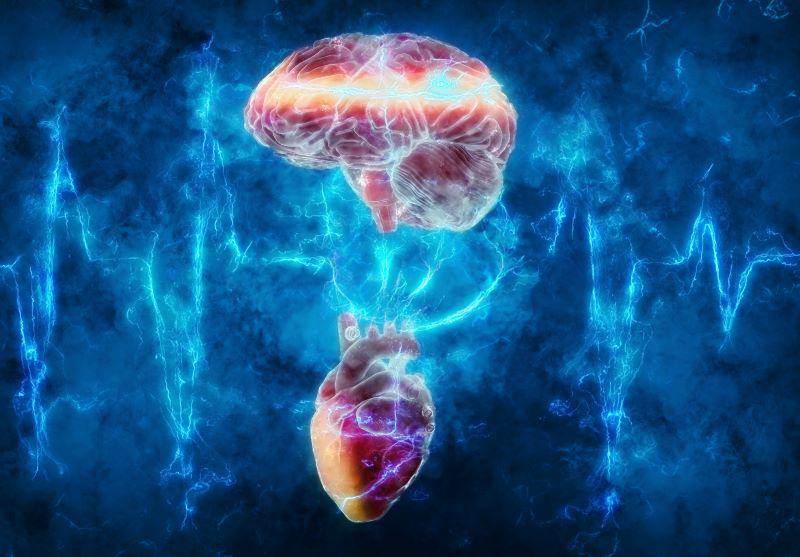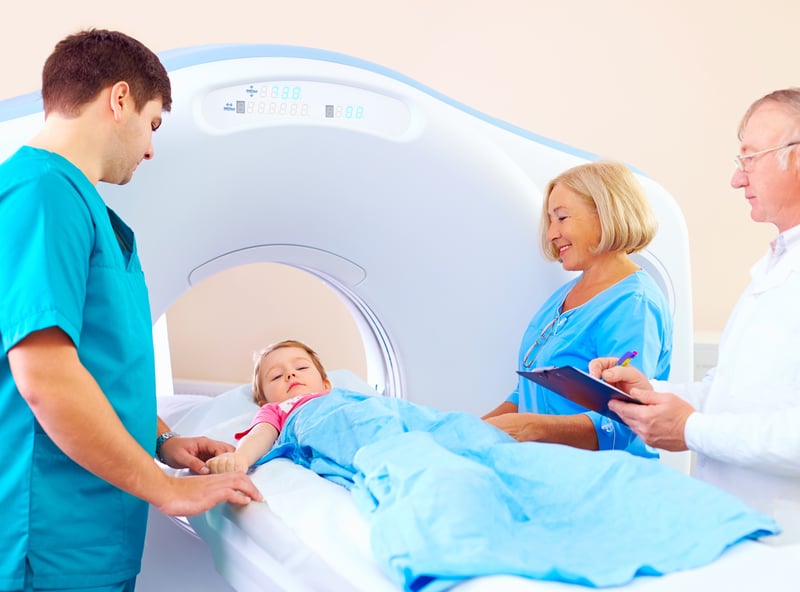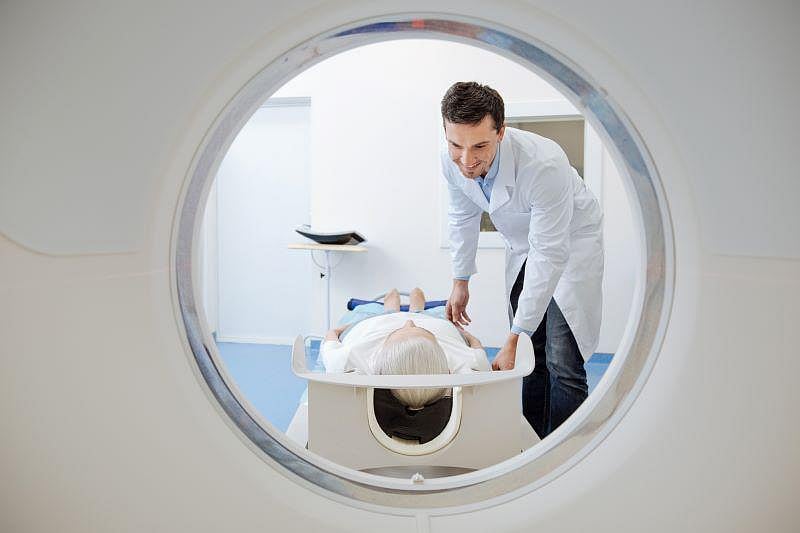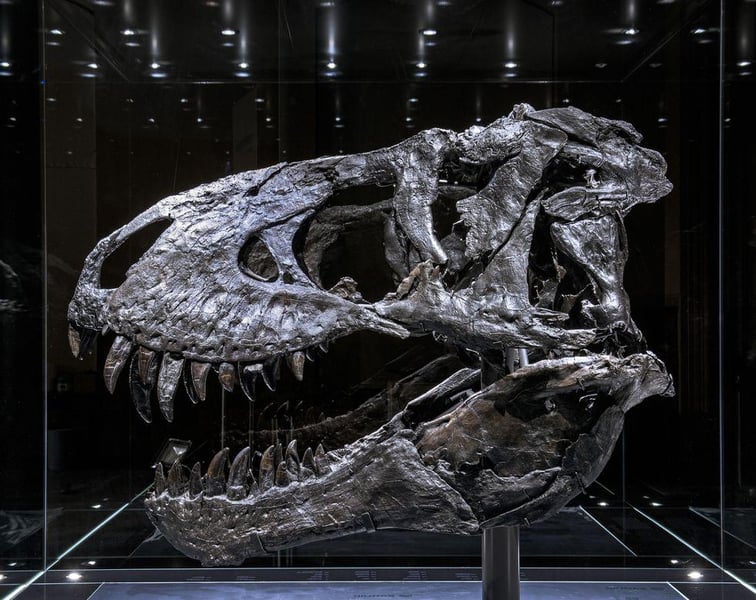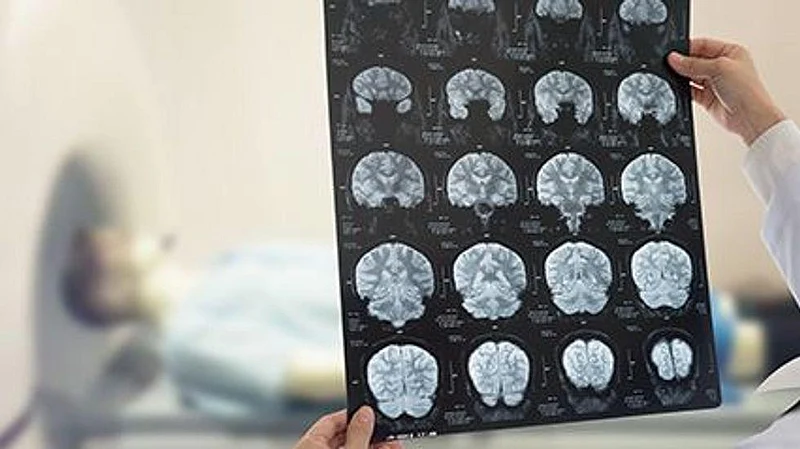Manténgase sano!
Resultados de su búsqueda "Imaging Devices".
Resultados de noticias de salud - 17
A technique that uses imaging technology as a guide can make radiation therapy safer for patients undergoing treatment for prostate cancer, a new research review finds.
The technology enables clinicians to accurately aim the radiation beams at the prostate, while avoiding bladder, urethra and rectal tissue. This, in turn, reduces short-term side effects for patients, according to research...
- Cara Murez HealthDay Reporter
- |
- July 25, 2023
- |
- Página completa
A mind-reading device seems like science fiction, but researchers say they're firmly on the path to building one.
Using functional MRI (fMRI), a newly developed brain-computer interface can read a person's thoughts and translate them into full sentences, according to a report publish...
- Dennis Thompson HealthDay Reporter
- |
- May 1, 2023
- |
- Página completa
Getting a single CT scan during childhood doesn't appear to increase a child's risk of a future brain tumor, leukemia or lymphoma, new research finds, but getting four or more scans more than doubles the chances.
CT scans use low-dose radiation, which can damage cells. Past evidence about the risks of cancer from these scans in children 18 and younger was conflicting, researchers said.
- Cara Murez HealthDay Reporter
- |
- April 24, 2023
- |
- Página completa
A medical device used to diagnose and treat pancreatic and bile duct disease is getting attention from the U.S. Food and Drug Administration after pieces have fallen off and remained in patients' bodies.
Previously, the FDA had expressed
Newer scanning technology may spot more breast cancers and lower the rate of dreaded false positives, a large, new study shows.
Now available in a growing number of health care facilities, tomosynthesis uses low-dose X-rays and computer reconstructions to create 3D images of the breasts to find cancers. In contrast, traditional mammography creates 2D images of the breasts.
"Tom...
- Denise Mann HealthDay Reporter
- |
- March 14, 2023
- |
- Página completa
Nearly half of women have dense breast tissue, which can be a double whammy on their odds for breast cancer.
Not only are dense breasts a risk factor for cancer, but this glandular and fibrous connective tissue make it harder to detect cancers on a mammogram, the usual method for breast cancer screening.
- Cara Murez HealthDay Reporter
- |
- February 6, 2023
- |
- Página completa
Mastectomy has long been the standard of care for certain breast cancer patients, but it still may be more extensive than many women need, a new study suggests.
Researchers found that many women who have two or even three breast tumors may be able to have breast-conserving lumpectomies instead of having the entire breast removed.
That's because newer, more sensitive imaging techniqu...
- Cara Murez HealthDay Reporter
- |
- December 9, 2022
- |
- Página completa
A new ultrasound treatment for kidney stones might provide pain-free relief while the patient is awake, researchers say.
Kidney stones are often excruciatingly painful. In most cases, patients are told to just ride it out, sometimes for weeks, in the hope the stone will ...
- Alan Mozes HealthDay Reporter
- |
- October 12, 2022
- |
- Página completa
U.S. hospitals are running low on contrast dye injected into patients undergoing enhanced X-rays, CT scans and MRIs.
The fluid, which makes the routine but potentially life-saving scans readable, helps doctors identify clots in the heart and brain. The shortage is expected to last until at least June 30, t...
- By Ernie Mundell and Robert Preidt HealthDay Reporters
- |
- May 19, 2022
- |
- Página completa
Emphysema is missed more often in Black Americans than in white Americans, and now researchers report they have figured out why.
The investigators found that many Black men who were considered to have normal results after race-specific interpretations of a common lung function test called spirometry actually had emphysema when assessed using computed tomography (CT).
Emphysema invol...
- By Robert Preidt HealthDay Reporter
- |
- May 16, 2022
- |
- Página completa
They once ruled the planet, but even the mighty Tyrannosaurus rex could suffer from bone disease, new research shows.
Scientists used imaging to examine the lower left jaw of a fossilized T. rex skeleton discovered in Montana in 2010. The skeleton, which is about 68 million years old and one of the most complete skeletons of the carnivorous dinosaur ever found, is at the Museum für Natur...
- Robert Preidt
- |
- December 1, 2021
- |
- Página completa
Early detection of ovarian cancer helps boost a woman's survival, and the U.S. Food and Drug Administration on Monday approved a new imaging drug that can help spot tumors during surgery.
The drug, Cytalux (pafolacianine), is meant to improve a surgeon's ability to detect ovarian cancer while operating on a patient.
It is administered intravenously before surgery and is used in conj...
- Robert Preidt
- |
- November 29, 2021
- |
- Página completa
Illustrating the power of the mind to heal itself, new research suggests that the placebo effect could help drive antidepressants' effects against anxiety disorders.
The placebo effect refers to an increase in the success of a treatment when a patient expects a benefit.
In the new study, patients with s...
- Ernie Mundell and Robert Preidt HealthDay Reporters
- |
- November 10, 2021
- |
- Página completa
Researchers may have found a noninvasive way to temporarily open the brain's borders to allow tumor-fighting medication inside.
By necessity, the brain is shielded by a layer of specialized cells called the blood-brain barrier. Its job is to allow needed substances in -- like oxygen and sugar -- while keeping out substances that could be toxic.
Unfortunately, that means medications ...
- Amy Norton HealthDay Reporter
- |
- October 18, 2021
- |
- Página completa
The size and shape of the blood vessels in your brain may help predict your risk of an often-fatal type of stroke, called an aneurysm, a new study finds.
An aneurysm is a bulge in an artery wall.
"A subarachnoid hemorrhage is the most dangerous type of stroke and occurs when a brain aneurysm leaks or ruptures, causing bleeding into the brain, killing more than 50% of affected people...
- Steven Reinberg
- |
- October 4, 2021
- |
- Página completa
When people suffer a severe head injury, it's hard to predict how they will fare in the long run. But a new study suggests that something fairly simple -- measuring a protein in the blood -- could help.
The protein, called neurofilament light (NfL), is a component of the nerve fibers brain cells use to transmit signals. Damage to those fibers (called axons) is known to foretell a higher...
- Amy Norton HealthDay Reporter
- |
- September 30, 2021
- |
- Página completa
An artificial intelligence tool could help radiologists spot breast cancer on ultrasound images and reduce the need for extra testing, new research suggests.
"Our study demonstrates how artificial intelligence can help radiologists reading breast ultrasound exams to reveal only those that show real signs of breast cancer, and to avoid verification by biopsy in cases that turn out to be be...
- Cara Murez
- |
- September 24, 2021
- |
- Página completa


